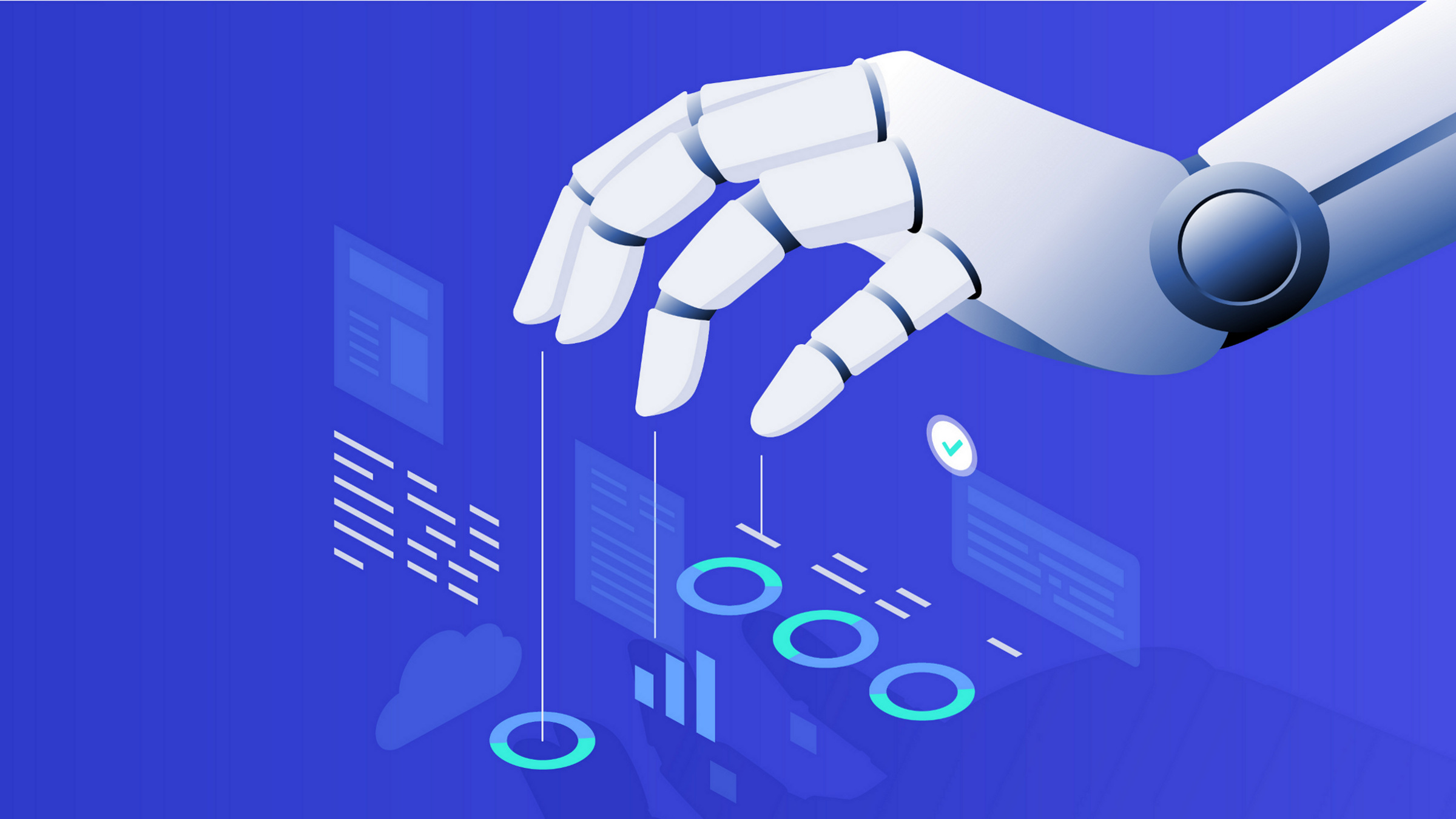Over the past few years, we’ve seen something incredible happen in healthcare. AI (artificial intelligence) has started working alongside doctors and nurses, helping them provide even better care. One area where this has made a big impact is with Clinical Decision Support Systems (CDSS). These systems don’t replace the healthcare professionals we trust; instead, they give them a powerful tool to make faster, more informed decisions for their patients.
In this post, we’ll break down what AI-based CDSS actually does, how it works behind the scenes, and the real-world benefits it’s bringing to patient care and healthcare teams alike.
So, What Exactly Are AI Clinical Decision Support Systems?
Think of CDSS as an assistant, always by a doctor’s side, offering suggestions and reminders when it comes to patient care. Traditionally, doctors relied on their own knowledge and experience, along with research and consultations with colleagues, to make decisions. But there’s only so much information a single person can keep up with — especially when medical knowledge is expanding so rapidly.
With AI, these decision support systems can analyze mountains of data in seconds, whether it’s medical records, recent studies, or clinical guidelines. Then they offer real-time advice or treatment options that are personalized to each patient. For doctors, this means more confidence in their decisions and less time spent double-checking everything, so they can focus on patients instead of paperwork.
How Does the AI Part Work?
At the heart of AI CDSS are large language models (LLMs) — a kind of super-smart algorithm that can understand and process natural language, like the kind used in medical records or clinical studies.
Imagine this: a doctor types in a patient’s symptoms, and in the blink of an eye, the AI sifts through a massive amount of medical data to provide a list of possible diagnoses, recommended tests, or treatment plans. It’s like having a really knowledgeable colleague there to confirm you’re on the right track.
What’s exciting is that the system doesn’t just pull up generic information; it looks at the patient’s medical history, past treatments, and even up-to-date medical studies to give more accurate, relevant advice.
How Is This Helping Patients?
The goal of AI CDSS isn’t just to help doctors save time; it’s about making healthcare more precise and personal. When a doctor has all this information at their fingertips, they can give patients the right care, faster.
For instance, instead of ordering a bunch of tests “just in case,” doctors can use the AI’s analysis to pinpoint what’s really necessary, cutting down on unnecessary procedures. This makes a huge difference for patients, who get a quicker diagnosis, more tailored treatments, and fewer unnecessary visits.
And for doctors? They’re less bogged down by administrative tasks and more focused on interacting with their patients, understanding their concerns, and discussing next steps.
How Does the Technology Behind AI CDSS Work?
AI-based CDSS runs on machine learning algorithms, which are trained using tons of data—everything from anonymized patient records to clinical trials. These systems analyze this data to find patterns that help predict patient outcomes or suggest treatments.
However, the real challenge in building these systems is ensuring the data they learn from is diverse and representative of all kinds of patient populations. After all, you don’t want an AI giving biased or inaccurate advice because it wasn’t trained on enough data. Developers work hard to make sure that doesn’t happen and to comply with strict privacy laws like HIPAA, which protect patient information.
Better Workflows, Less Burnout
Not only do AI-based CDSS improve patient outcomes, but they also make life a lot easier for healthcare providers. One big way they help is by reducing the time doctors spend on administrative tasks like documentation. This means doctors can spend less time in front of a computer and more time face-to-face with their patients, creating a more human, meaningful experience.
Different Ways to Use AI CDSS
There are a few ways these systems can be set up, depending on the needs of the healthcare facility:
– Local Deployment: Some systems are installed on a healthcare facility’s servers. This keeps everything secure and fast, but it limits the system to local data.
– Networked Deployment: In this case, multiple servers are connected, allowing for data sharing across facilities. It helps the AI learn from a broader range of patients, though it requires more complex security.
– Cloud-Based Deployment: This is the most flexible model, where the system is hosted in the cloud and can continuously learn from global datasets. However, it requires strong data security measures to protect patient confidentiality.
The Future of Healthcare Is Personal and AI-Powered
AI-based Clinical Decision Support Systems are helping to bring healthcare into a new era, one in which doctors are not overwhelmed by information, and patients get more personalized, compassionate care.
There’s still work to be done to make sure these systems are ethical, secure, and accessible to everyone. But with AI stepping up as a trusted assistant, the future looks bright for healthcare providers and patients alike.

Dr. Arnavaz Hajizadeh, MD, PharmD, is the CEO and co-founder of Zirr AI Medical Scribe. Her background as both a physician and pharmacist fuels her passion for improving patient care and reducing burnout in the healthcare field.




Join the Discussion (0)
Become a Member or Sign In to Post a Comment